IHA Sustainability is developing How-to Guides to enhance knowledge of the processes and substance required to meet good international industry practice, as defined in the Hydropower Sustainability Standard and Tools.
The How-to Guides describe the practical measures that practitioners and stakeholders can conduct to enhance sustainability performance in hydropower development and operation.
The publications are developed with the support of the Swiss State Secretariat for Economic Affairs (SECO).
For more information about upcoming How-to Guides, please email us at sustainability@hydropower.org.
Indigenous Peoples
Energy infrastructure projects can risk harming the rights of Indigenous Peoples, if their culture, identity and relationship with the land and rivers are neglected. By implementing a transparent consultation process in good faith, project developers and Indigenous representatives can work together to help to ensure that communities are protected and even benefit from new energy infrastructure. IHA’s How-to Guide on Hydropower and Indigenous Peoples explores how best to engage with these communities to ensure that hydropower projects respect the dignity and human rights of Indigenous Peoples throughout their operating life.
Infrastructure Safety
Hydropower infrastructure can have significant implications for public and environmental safety, and it is important to ensure that any opportunities and risks are managed effectively throughout a project’s life cycle. IHA's new guide on Hydropower Infrastructure Safety can help developers and operators manage the impacts of hydropower development.
Labour and Working Conditions
The How-to Guide on Labour and Working Conditions will help hydropower developers, operators, contractors and sub-contractors manage labour and working conditions. The guide covers human resource policies, recruitment, occupational health and safety, non-discrimination and gender, workers’ accommodation, staff training and capacity building and grievance redressal mechanisms among other themes.
Environmental and Social Assessment and Management
The How-to Guide on Environmental and Social Assessment and Management will help hydropower stakeholders plan and assess projects strategically, prepare and conduct ESIAs, deal with third-party stakeholders, budget, establish environmental and social management systems, monitor and improve performance, as well as engage with stakeholders throughout the project life cycle.
Biodiversity and Invasive Species
This How-to Guide helps hydropower developers and operators conserve river system biodiversity while generating renewable energy.
It details methodologies and technologies that developers and operators can use for basin-level planning, identifying project boundaries and areas of influence, understanding the distribution and value of biodiversity, mitigation and compensation measures, as well as monitoring and reporting, throughout hydropower development and operation.
Downstream Flow Regimes
The How-to Guide on Downstream Flow Regimes helps practitioners identify and manage downstream flow regime issues throughout a project’s life cycle. It supports developers and operators make informed design and operational decisions with an awareness of downstream impacts.
Project developers will be able to understand how to avoid and reduce negative and enhance positive downstream impacts to achieve stakeholder acceptance, regulatory approvals and access to finance.
Resettlement
The How-to Guide on Resettlement supports hydropower developers to identify, manage and avoid risks associated with resettlement. It provides a strategic overview and guiding principles to help inform the steps of the resettlement process at each stage of the project development cycle.
The guide encourages developers to place adequate weighting on pre-development assessment to evaluate whether resettlement is suitable.
In addition, it encourages developers to take a conscientious, holistic approach to analysing the effects of resettlement and how those affected may be compensated and cultural heritage protected.
Erosion and Sedimentation
The Hydropower Erosion and Sedimentation How-to Guide provides an overview of current knowledge and effective practices from across the sector in managing risks associated with erosion and sedimentation.
The publication will help hydropower developers and operators manage potential impacts arising from erosion and sedimentation in a river basin, allowing decision-makers to avoid business risks and act responsibly towards the environment and local communities.
The guide covers potential impacts upstream and downstream of a hydropower project, sediment transport in rivers, erosion from the project site, civil and electromechanical structures, and climate change.
It presents methodologies and technologies related to scoping and siting, design and mitigation, and assessment and monitoring. The guide in addition highlights how such measures can increase a project’s resilience to hydrological variability and support climate change adaptation.
Benefit Sharing
The How-to Guide on Hydropower Benefit Sharing will help decision-makers identify and deliver socio-economic benefits to communities, while assisting companies to avoid business risks and improve project viability.
The publication provides an overview of current knowledge on benefit sharing across the hydropower sector, looking at beneficiaries and types of benefits, including those related to project siting and design, monetary and non-monetary, regulatory and voluntary, benefits, as well as governance and monitoring methodologies.
The guide aims to support developers and operators in meeting good practice, as defined by the internationally recognised Hydropower Sustainability Tools. It outlines a range of strategies to share benefits related to financial mechanisms, capacity-building, training and employment, procurement, social services, economic infrastructure, electrification and subsidies, and reservoir use.










